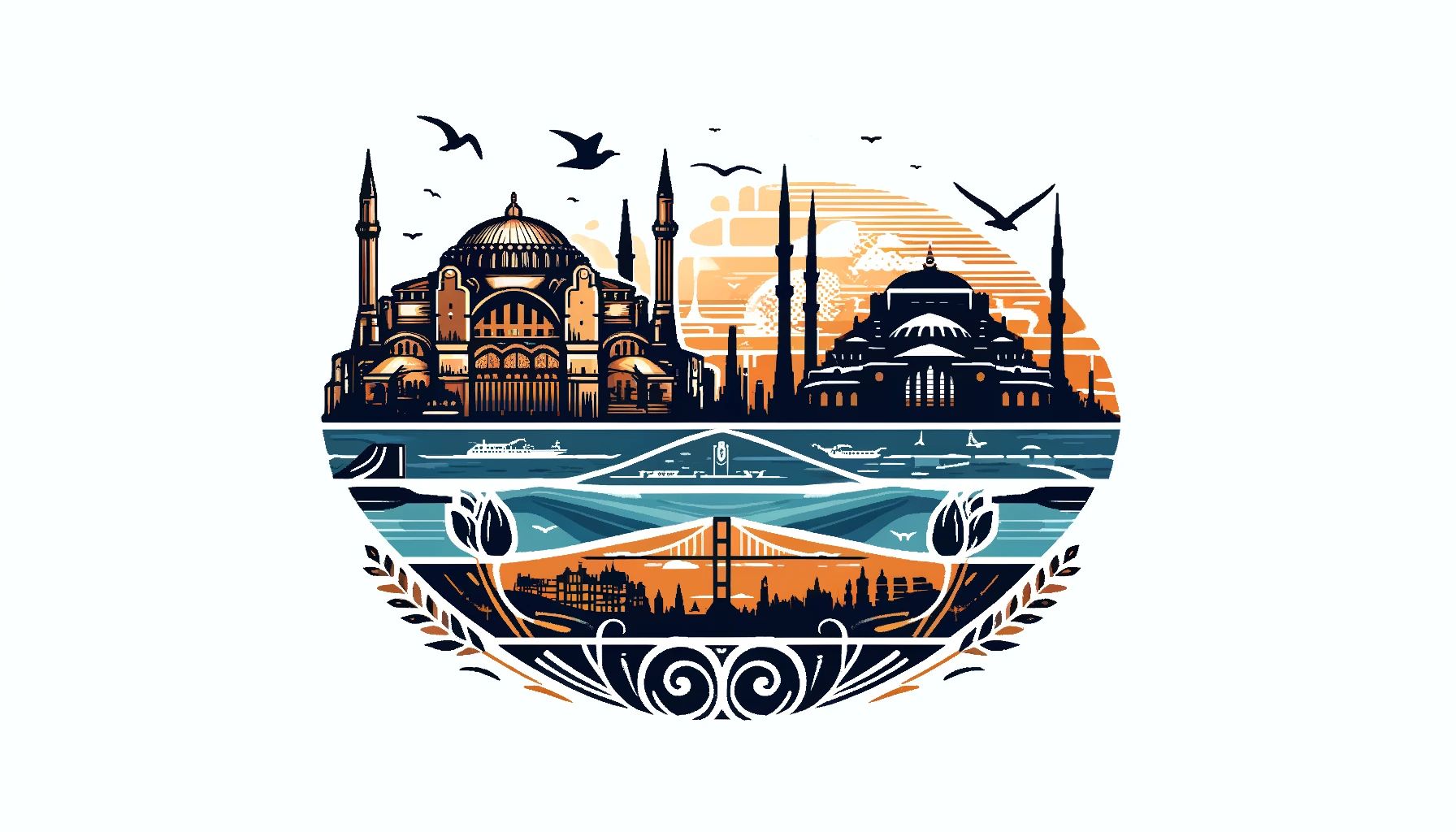The massive Grand Dome captures your attention, a stunning feature that looms above you. The walls around are beautifully decorated with intricate carvings and mosaics that tell the history of this magnificent building through various religious eras, highlighting its dual identity as both the Hagia Sophia Church and Hagia Sophia Mosque.
From the imperial lodge, you can get a great view of the main area and the dome, enhancing your experience. Not to be missed is the Deesis Mosaic, a moving artwork featuring Christ, Mary, and John the Baptist, showcasing the intricate Hagia Sophia architecture.
Every part of Hagia Sophia, including the elegant Mihrab and the striking Minbar, blends elements from both Byzantine and Islamic styles, creating a unique and harmonious look that reflects the building’s layered history as the Church of Hagia Sophia and Hagia Sophia Masjid.

The Grand Dome of Hagia Sophia is a masterpiece of engineering from its era. Its immense size and detailed decorations are breathtaking. Looking up, you’ll see exquisite Byzantine mosaics depicting scenes from the lives of Jesus, the Virgin Mary, and various saints, sure to captivate any visitor.
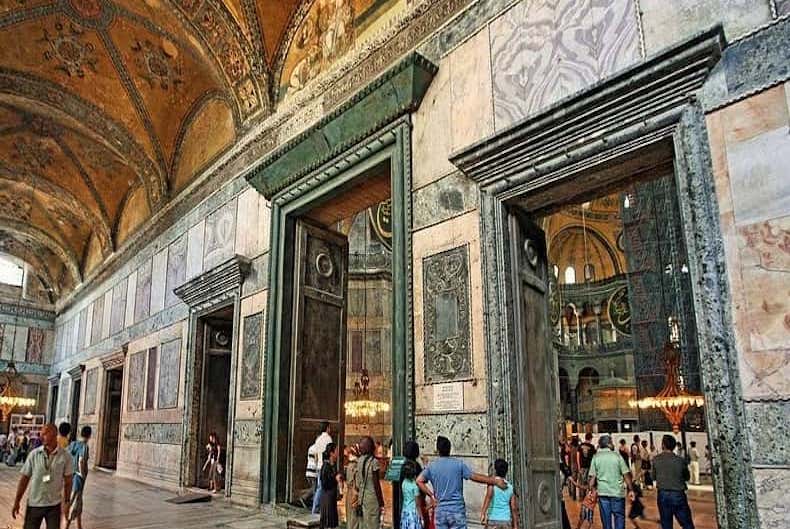
Situated on the southern side, the Emperor’s Door was exclusively used by the Byzantine Emperors. It is beautifully adorned with intricate marble carvings that reflect the luxury of past rulers, adding a touch of royal exclusivity to the Hagia Sophia museum.
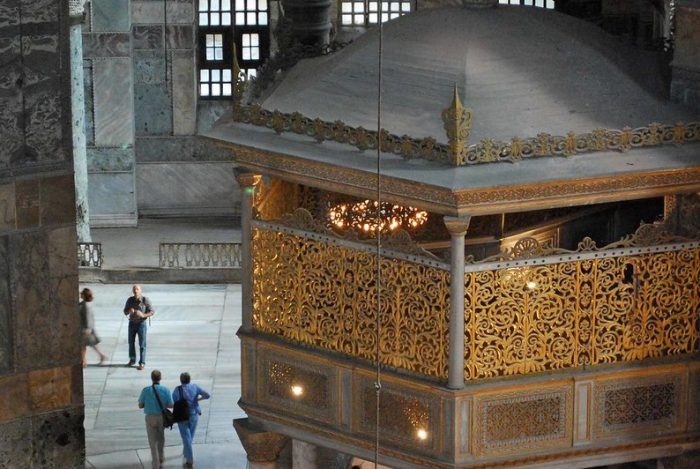
Located on the second floor, the Imperial Lodge offers a commanding view of the dome and nave, where Byzantine rulers once experienced Hagia Sophia’s spiritual grandeur. The lodge is richly furnished and decorated, though it is currently not accessible to visitors due to restoration.
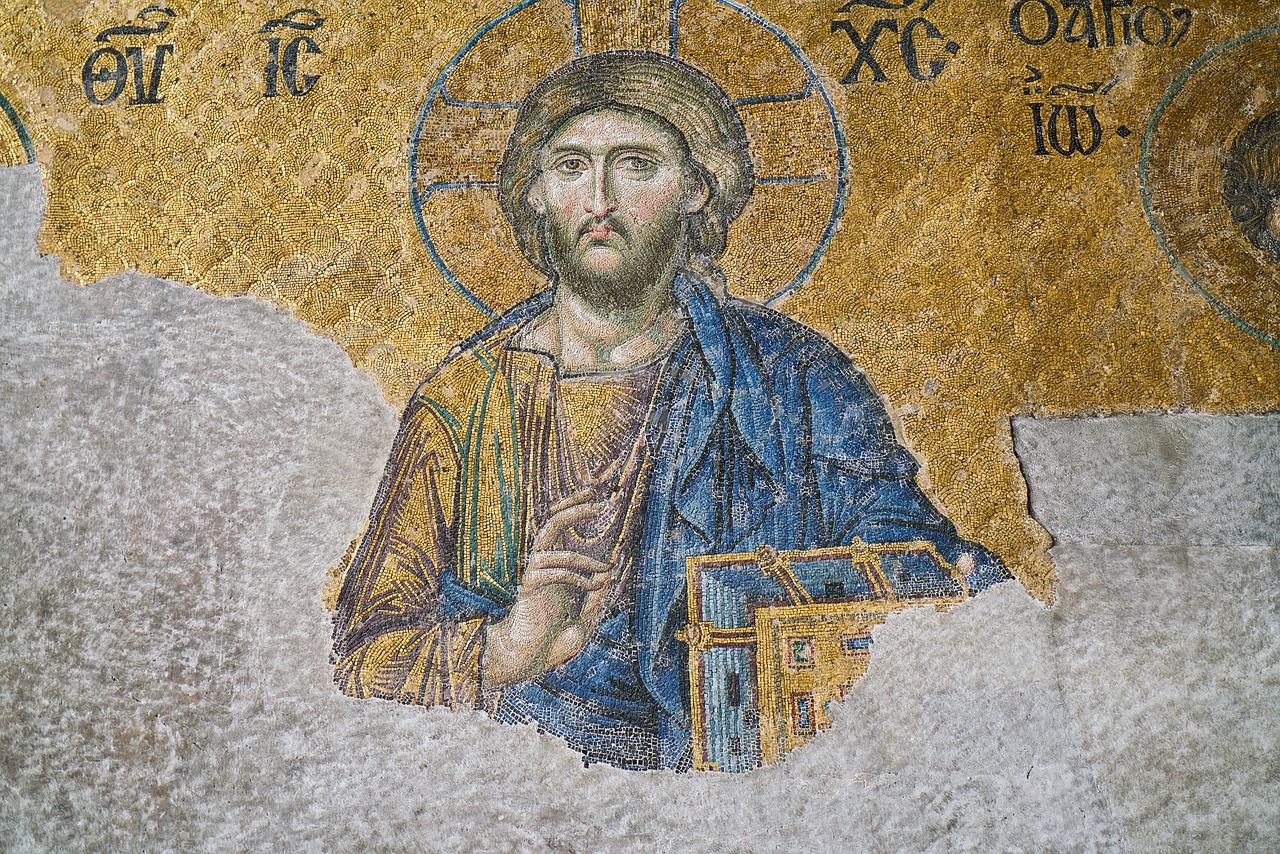
This striking mosaic in the southern gallery features Christ flanked by the Virgin Mary and John the Baptist. The artwork is renowned for its fine craftsmanship and emotional expression, making it a standout feature within Hagia Sophia.
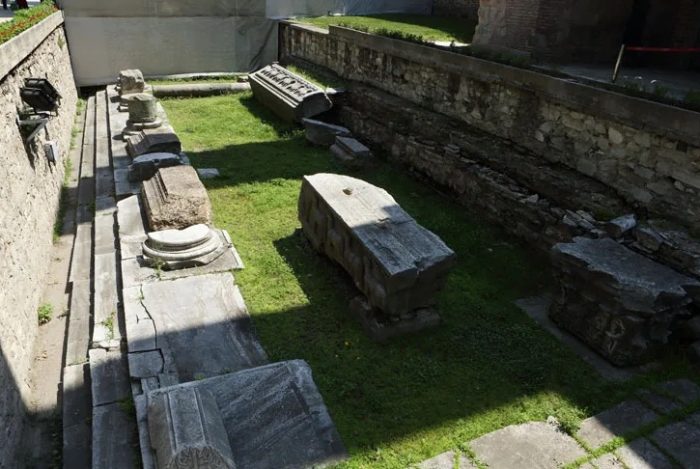
In the western courtyard, excavations led by A. M. Schneider in 1935 uncovered remnants of the second Hagia Sophia, including columns and marble blocks with intricate reliefs, offering a glimpse into the past architectural splendour.
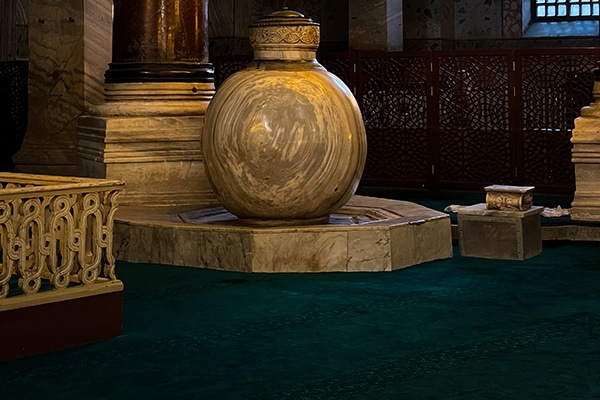
During the Ottoman period, two ancient alabaster jars were added inside the main nave. Originally from the Hellenistic period and found in Pergamon, these jars were used to serve sherbet on special occasions. Today, they remain a unique historical feature for visitors to admire.
Hagia Sophia is open to visitors every day of the year. To fully appreciate its rich history and architectural details, we suggest booking a guided tour. These tours provide an in-depth look at the hidden treasures and fascinating stories behind Hagia Sophia. Please note that the mosque is closed to tourists during noon prayers on Fridays, so plan your visit accordingly to ensure you can enjoy a full experience.
Inside Hagia Sophia, visitors will find a striking mix of Byzantine and Ottoman architecture along with elements from European styles. Noteworthy features include the impressive Grand Dome, the historical Weeping Column, and the sacred Mihrab and Minbar.
Yes, Hagia Sophia is open to the public, allowing everyone to appreciate its elaborate mosaics and detailed carvings at any time.
Indeed, Hagia Sophia offers guided tours that delve into its extensive history and cultural heritage, enriching your visit to this UNESCO World Heritage Site.
When visiting Hagia Sophia, make sure to see the Grand Central Dome, the Imperial Lodge, Emperor’s Gate, Minbar, and Mihrab. These elements highlight the architectural splendor and the monument’s historical significance as a confluence of diverse religious practices.
Hagia Sophia was designed by the mathematicians and architects Anthemius of Tralles and Isidore of Miletus, under the commission of Emperor Justinian I in the 6th century.
Hagia Sophia stands in the Sultanahmet district of Istanbul, Turkey, at Sultan Ahmet, Ayasofya Meydanı No:1, 34122 Fatih.
Hagia Sophia was constructed and completed in the year 537 AD, during the reign of Emperor Justinian I.
Yes. The tickets start from 25 EUR.
Yes, photography is permitted inside Hagia Sophia, but please be respectful and avoid photographing people during their prayers or bringing large commercial filming equipment.
Visitors should dress modestly due to the religious nature of Hagia Sophia. Headscarves for women are available at the entrance, and clothing covering knees and shoulders is recommended for all.
Definitely! Hagia Sophia is a cornerstone of Istanbul’s historical and cultural identity, offering visitors a deep dive into the intersection of history, art, and religion. It’s a must-visit for anyone travelling to Istanbul.
